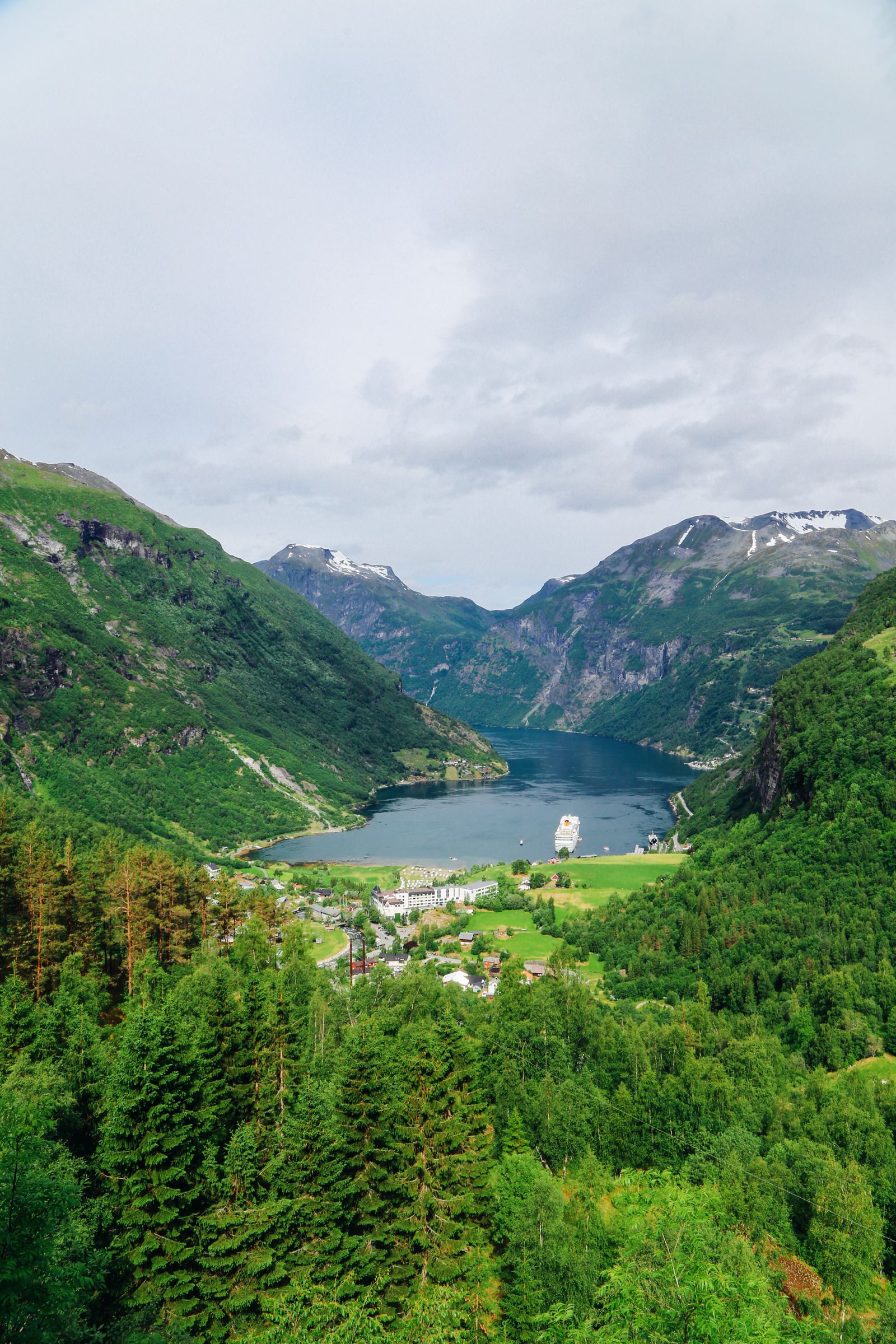After lunch in Clervaux, we headed off to see another UNESCO ‘treasured item’ in Luxembourg (of which there seem to be lots here in Luxembourg)… This time it was the famed photography collection ‘The Family of Man’.
The photography collection is listed in the UNESCO’s Memory of the World Register in recognition of its historical value and is a must-see when you’re out and about exploring the Luxembourgish countryside!
We made our way in our trusty stead (see below) to Clervaux Castle, home of ‘The Family of Man’… 
Clervaux Castle dates as far back at the 12th century and is a rather beautiful castle and absolutely surrounded by lush greenery!
Our cameras were clicking away, as we wandered through the grounds and for a moment there, we forgot what we were here to see and got lost in the beauty of the castle. 
This little guy below seemed intent on taking over the castle!
We finally remembered where we were headed and made our way over to see the exhibition. 
Here’s a little blurb from the people who look after the collection to provide a bit of detail into the background of “The Family Of Man”
“The Family of Man comprises 503 photographs by 273 artists from 68 countries, and was brought together by Edward Steichen for the New York Museum of Modern Art (MoMA). Presented for the first time in 1955, the exhibition was meant as a manifesto for peace and the fundamental equality of mankind, expressed through the humanist photography of the post-war years. Images by artists such as Robert Capa, Henri Cartier-Bresson, Dorothea Lange, Robert Doisneau, August Sander and Ansel Adams were staged in a modernist and spectacular manner.
Having toured the globe and been displayed in over 150 museums worldwide, the final, complete version of the exhibition was permanently installed in Clervaux Castle in 1994. Since its creation, The Family of Man has attracted over 10 million visitors and entered the history of photography as a legendary exhibition. In 2003, the collection was inscribed in the UNESCO Memory of the World register.
The individual photos are amazing but the best part about the collection is that the photos are meant to tell a story and depict together (not on their own) different aspects of men and women’s lives.
We wandered from room to room amazed by the brilliant photography which, despite photography technology having moved by leaps and bounds in the past few years (and indeed in the decades since the collection was initially curated), still managed to hold their unique ‘magic’ and tell the story of the time in which they were taken. Coming from someone who struggles to watch relatively poor quality old TV shows (especially with HD TV available these days), this is saying quite a lot!
Oh, and we also found this lovely little library/nook! When I build my mansion, 😉 I definitely want one of these in the attic! 🙂
The final photograph on the way out the exhibition is perhaps the most recognisable! It’s one titled “The Walk to Paradise Garden” by W. Eugene Smith which depicts two children walking hand in hand towards what is assumed to be the aforementioned garden.
I didn’t know much about this till after I left and read up on it but Keyta, who is something of a photography buff, knew all about it and was very excited to see it which made me realise how much of a big deal this photograph was…
Finally, we headed back out into the sunshine and onto the Castle grounds before hot-footing it to the airport!
It has been said, one of the best ways to see Luxembourg and truly appreciate all it has to offer is to see both Luxembourg city and the surrounding countryside.
It’s a fairly small country and the drive from the top of the country down to the south only takes about 1 hour anyway so get a car when you’re there (or a bus/train timetable) and get yourself exploring everything the country has to offer! 🙂
Check Out The Very Best Of Great Britain!






































